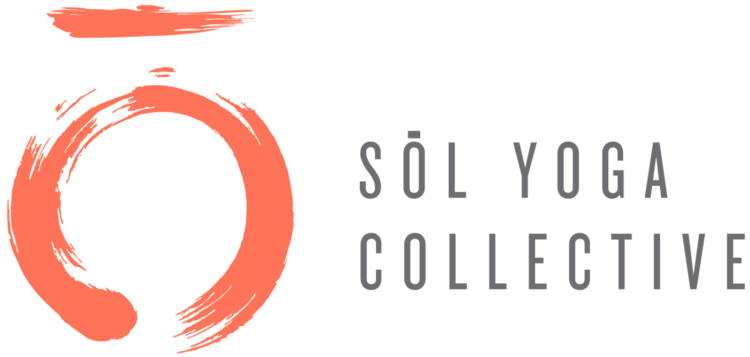Many yoga practitioners often get focused on the movements of their practice – the asanas – mastering each and finding deep satisfaction in reaching and sustaining a pose. But often we forget that yoga is equal parts asanas or movements, and pranayama or breathwork.
Pranayama is just as important as the asanas, the physical postures, and has the power to elevate the mind and spirit just as asanas expand the physical being. In fact, pranayama (yogic breathing) is often called “the heart of yoga” and now, science supports the ancient beliefs that awareness of our breath directly affects our health.
Pranayama can be a powerful tool in healing, and it enhances the vitality of our lives. It also synchronizes the two halves of our brain (left and right), helping us deal more effectively with stress, insomnia and other challenges. Yogic breathing calms the mind, relaxes the nervous system, boosts lung capacity and even cools the body. Pranayama may lower blood pressure and heart rates and can boost energy when we feel fatigued. So, as you see, there are many wonderful benefits to incorporating pranayama into your movement-based yoga practice!
But for many yoga practitioners, pranayama is a difficult concept to grasp. Even more so when you realize there are different kinds of yogic breathing! In this blog, you’ll learn a little bit about some of those types and when you might want to incorporate them into your practice.
Many yoga traditions integrate certain pranayama styles including Ashtanga (which is all about unifying action, breath and focus), Iyengar (works to develop power, precision and subtlety) and Kundalini (which combines mudra or gestures, mantras or intentional words, and breath).
Ujjayi Pranayama (Victorious Breath) is a common breathwork technique, one that pairs perfectly with an asana-based practice. It involves gently constricting the top of the throat in order to create resistance to airflow. It results in a soothing sound as this intentionally constricted breath moves in and out, almost like the sound of waves which is why, not surprisingly, it’s sometimes called Ocean Breath! Ujjayi pranayama involves inhaling and exhaling with the mouth closed. To get comfortable with ujjayi, try practicing first with your mouth open and then, once you get the hang of it (and feel the breath rolling across the back of your throat), then close your mouth. You can incorporate ujjayi into your asana practice in a sitting position, focusing on the breath.
Sama Vritti Pranayama (Box Breath) is perfect for calming and clearing the mind. Sit in a comfortable position with your back supported and feet on the floor. Close your eyes, breathe in through your nose slowly counting to four, filling your lungs. Hold your breath in while counting to four, slowly exhale again to a count of a four and hold the breath out for a four count. Repeat this cycle for four minutes or longer.
Dirgha Pranayama (Three-Part Breath) raises awareness, while briefly interrupting your inhalations and exhalations. It’s also great at strengthening your core muscles. Lie in a reclined position, on your back or on bolsters or blankets. Then inhale to about one-third of your lung capacity, pause for a couple seconds, inhale just a little bit more, pause, and then inhale until your lungs are completely full. Take a brief pause and then try to inhale again in three stages. Do this up to three times, before finally exhaling. Don’t worry if you can’t even make it through the first stage of three breaths! It can take time to strengthen your lungs.
Nadi Shodhana Pranayama (Alternate Nostril Breathing) is another effective way to calm both the mind and body during your yoga practice. Sit in a comfortable asana, place your left hand in your lap and with your right hand, form the Vishnu Mudra symbol (thumb out, index and middle fingers folded down, ring and pinky fingers extended). Using your right thumb, gently close your right nostril and breathe through your left nostril. Then switch, by moving the hand to the left side of your nose and using the ring and pinky fingers to close the left nostril, breathing through the right. With each inhale and exhale, breathe slowly and intentionally, and repeat five times.
Breathwork is a focused and meaningful practice, that will elevate and enhance your yoga experience by calming the mind and allowing breath to move through the body, creating a more harmonious and healthful yoga practice. We’d love to hear about how breathwork has been of benefit to you! Be sure to post at social media, tagging Sōl Yoga Collective in your photos as you use breathwork and pranayama to its fullest effect.

